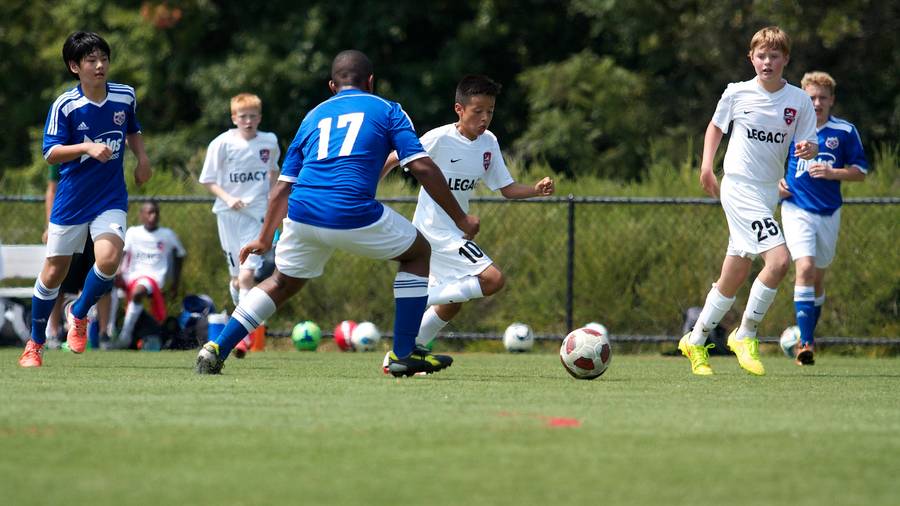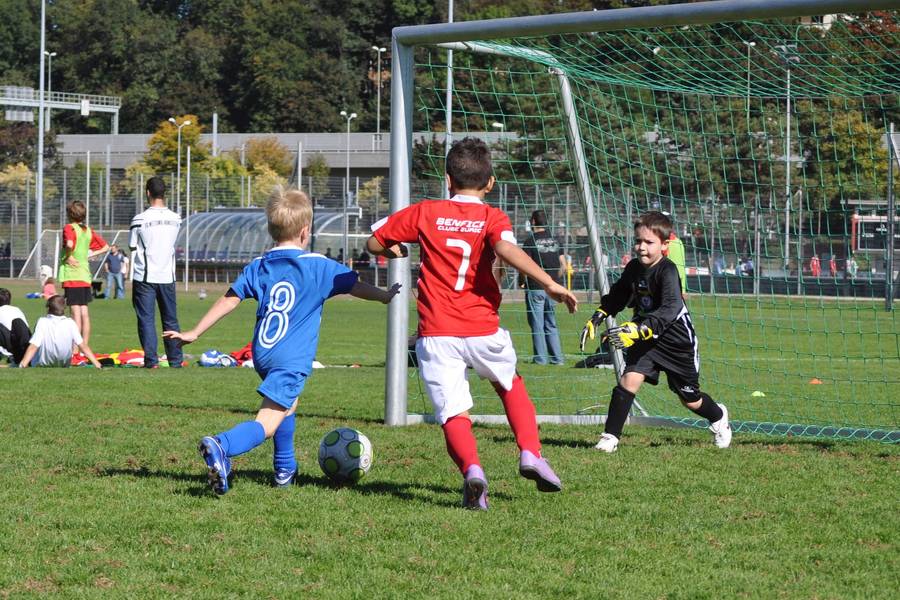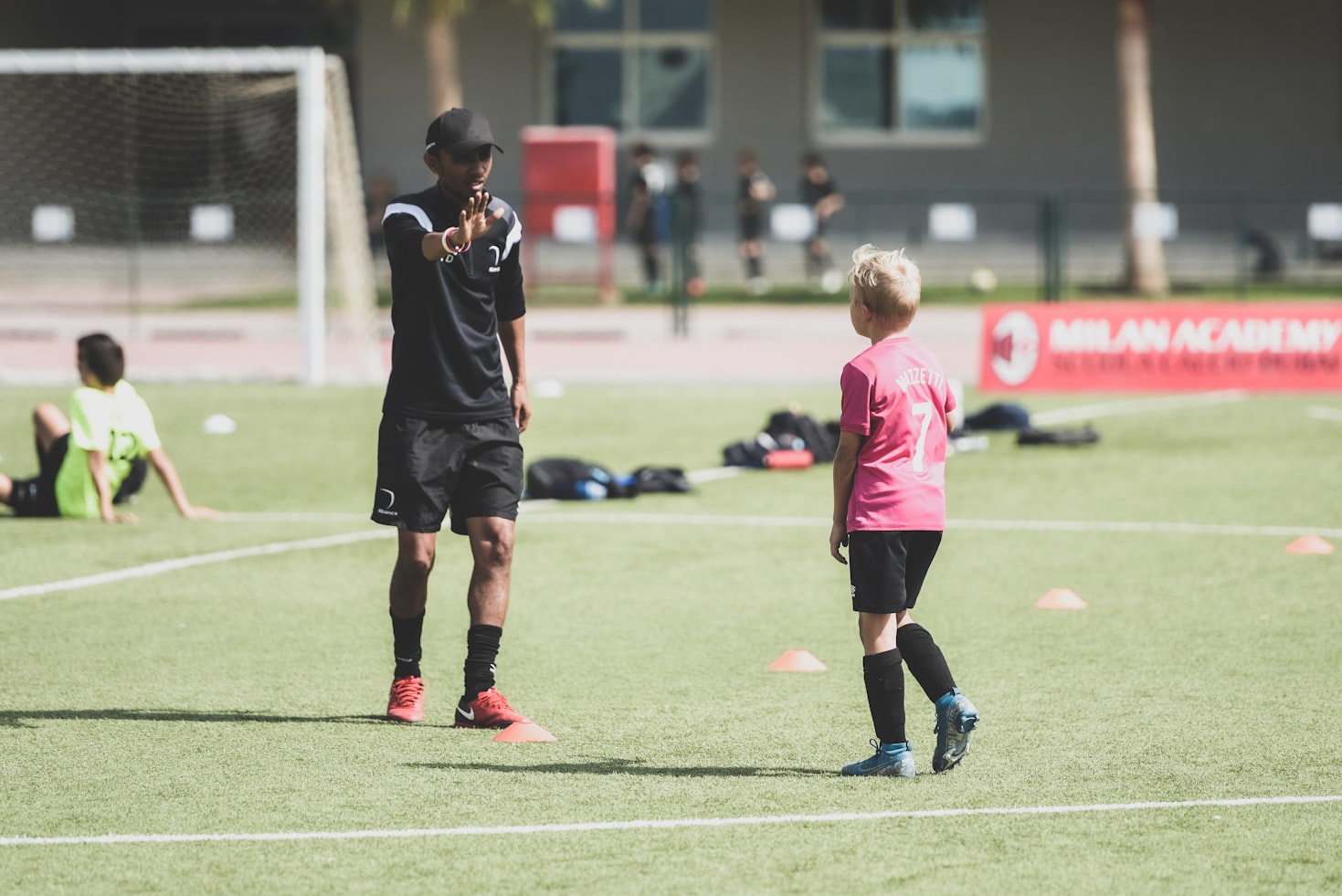Football is all about data. If you follow the Premier League or the UEFA Championship, it’s likely you’ve heard coaches and managers talking about how important player stats and performance metrics are to their preparation.
But did you know that data isn’t just limited to the professional landscape? On the contrary, grassroots teams across the UK have been using data for several days now, looking to improve performance and inform their training decisions, tactics, and player development. So how are they doing this, and what kind of data are they using?
Studying Professional Matches
The first point we want to mention brings us back to the professional game – which is always the best reference for grassroots coaches looking to study tactical trends and in-game decision making.
For a long time, this has been limited to local league footage, but because they can now access stats globally with VPN tools, it’s become possible to analyse matches from a range of top leagues around the world, bringing those insights back to their own teams. This then gives them a broader catalogue of information, which is invaluable for analysing the best playing styles and strategies to suit their individual players.
Tracking Player Fitness
Apart from looking outwards, the right data can help them look inwards, with teams using wearable devices and GPS trackers to monitor player movement and fatigue levels during training and matches. In terms of safety, this information is crucial for identifying early signs of overexertion or potential injuries, and beyond this, it’s also a good way to track how progress is improving, and ensure players are improving in key areas – such as speed, endurance, and agility.
Informing Strategies
The same data is also important for informing strategies. During a game, for instance, coaches will track everything from completed passes, lost possession, and ball control. They’ll also analyse where goals and shots come from, and use that to highlight effective attacking zones and team formations.
Not just this, using GPS trackers and player heatmaps, they’ll be able to observe where players spend most of their time on the pitch, helping adjust positioning and potentially even roles, if they see fit. Again, this used to be something only professional teams with extensive analytics departments could access, but with the technology becoming more affordable – and therefore accessible – local coaches are now able to do the same thing, making evidence-based tactical decisions that were previously out of reach.
Conclusion
The result? A far more competitive, informed, and strategically aware grassroots football landscape, where teams can rely on real data rather than intuition alone. This is very exciting when considering the landscape of football as a whole.
If grassroots teams are doing well, this will feed into youth academies, semi-professional clubs, and ultimately strengthen the overall football pyramid, ensuring that professional teams benefit from a pipeline of skilled players. In short, the data being used at the grassroots level is only going to make football stronger and more competitive at every tier of the game!


















